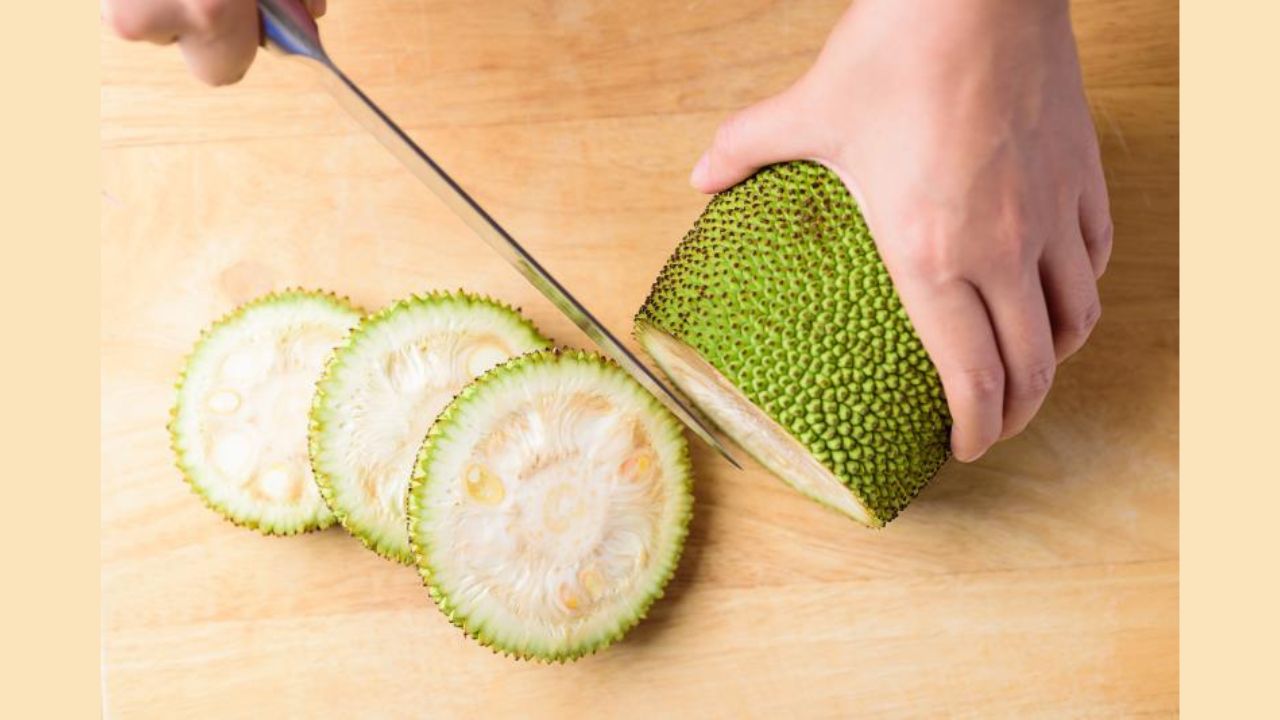The addition of green jackfruit flour to the diets of diabetic patients has recently been discovered to have numerous advantages and beneficial consequences, including reducing HbA1c and treating patients’ fatty liver conditions. Even though the medical community is becoming more aware of green jackfruit flour, only a small number of fitness experts have begun advising it to diabetes patients.
A true nutritional treasure for medical nutrition therapy is green jackfruit flour. Those with diabetes who supplement their meals with 30 grams of green jackfruit flour together with whole-wheat flour or rice batter have seen a significant improvement in their blood glucose levels. The advantages of using green jackfruit flour regularly can be seen in most metabolic markers, such as blood sugar levels and glycemic variability. While ingesting the prescribed amount of jackfruit atta on a regular, long-term basis, some of the patients have also noticed an abdominal sonography and elastography verified improvement in their non-alcoholic fatty liver disease (NAFLD).
Due to its low bulk density and the “iso-volume effect,” 30g of green jackfruit flour can replace 50g of wheat, rice, or millet flour. When compared to 50g of wheat, rice, or millet flour, the amount of soluble fiber is higher even for a lesser volume of green jackfruit flour (30g). When comparing the glycaemic index (GI) and glycaemic load (GL) of various Indian foods, bajra roti, maize or corn, and makka roti have higher GIs than green jackfruit flour, which has a moderate GI and moderate GL but is really notable for having a high amylose content and being primarily made up of type 2 resistant starch, which lowers the GI.
Also useful as a prebiotic. Patients experienced satiety considerably more quickly and had significantly lower post-meal blood glucose levels thanks to the addition of green jackfruit flour.

 हिंदी
हिंदी






